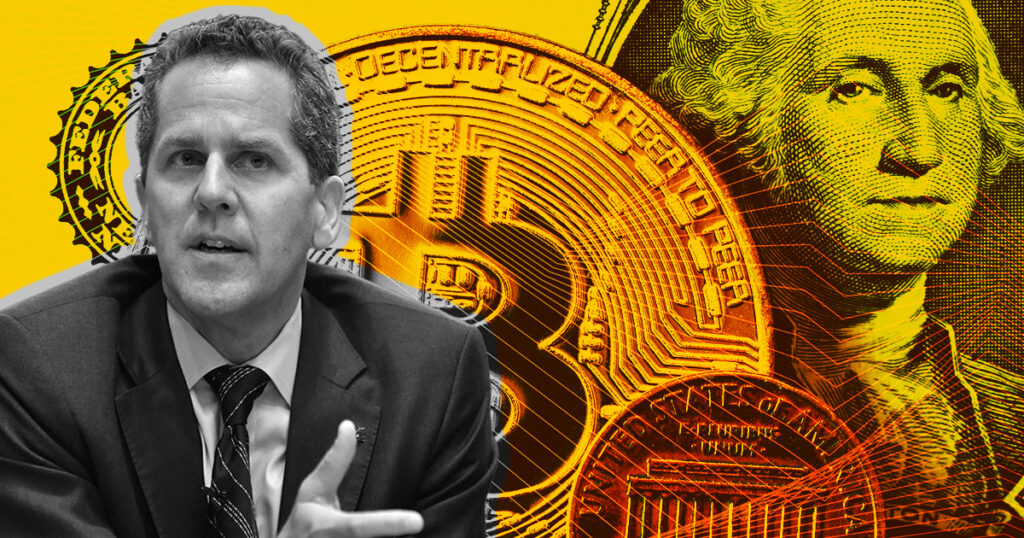Federal Reserve Bank Vice Chair Michael Barr said that banks accepting crypto deposits should be aware of their increased liquidity risks in an Oct. 12 speech published on Oct. 17.
Barr stated that there are heightened liquidity risks when traditional banks do business with crypto firms, as such banks could be exposed to liability from money laundering and fraud.
According to him, the “recent fissures in these markets have shown that some crypto-assets are rife with risks, including fraud, theft, manipulation, and even exposure to money-laundering activities.”
He added that the recent market downturn showed how interconnected crypto assets are, adding that though banks were not directly affected, they run the risk of a bank run in cases of “misrepresentations regarding deposit insurance by crypto-asset companies.”
He said the Fed was working with the Office of the Comptroller of the Currency (OCC) and the Federal Deposit Insurance Corporation (FDIC) to highlight these issues to the banks.
Barr said:
“This effort is not intended to discourage banks from providing access to banking products and services to businesses associated with crypto-assets. Our work in this area is focused on ensuring risks are appropriately managed.”
Barr’s warning is coming when traditional financial institutions show more interest in providing crypto-related services. A leading US bank, BNY Mellon, recently approved adding digital assets custody to its services.
Stablecoin regulation
The Fed’s Vice Chair also discussed stablecoins which he claimed posed specific risks to the broader financial stability. According to Barr, the Fed has a particular interest in stablecoins linked to the dollar.
He stated that since the central bank is the primary source of trust for money, stablecoin issuers borrow that trust, and the Fed wants a federal framework guarding the space.
“Over time, stablecoins could pose a risk to financial stability, and it is important to get the regulatory framework right before they do.”
He called on the US Congress to take action and provide a solid, robust federal framework that will allow proper regulation of stablecoins.
The Vice-chair, who assumed his position in July, also discussed several other issues, such as risks of tokenizing bank liabilities, payment innovations, including CBDC, and customer autonomy.

